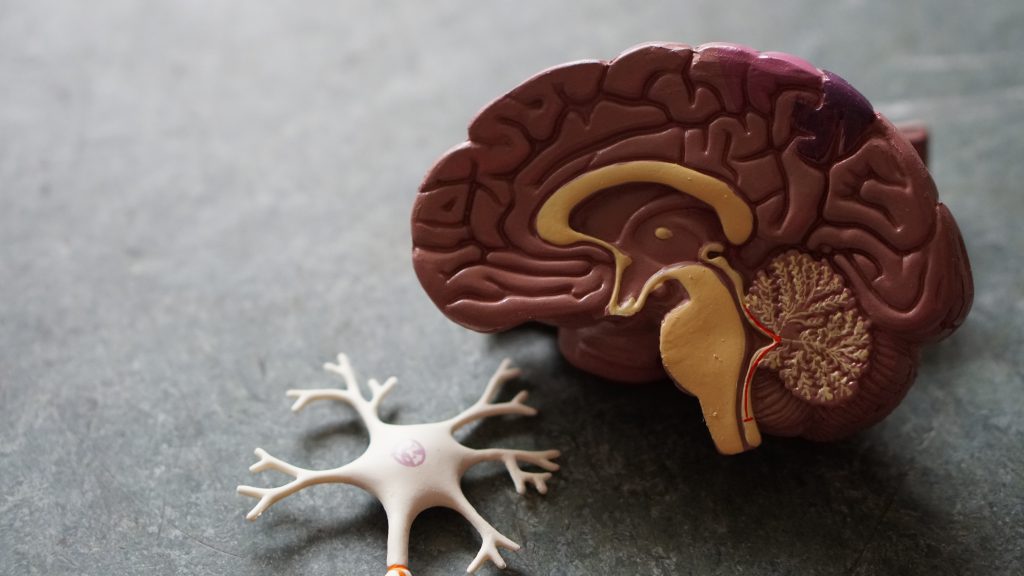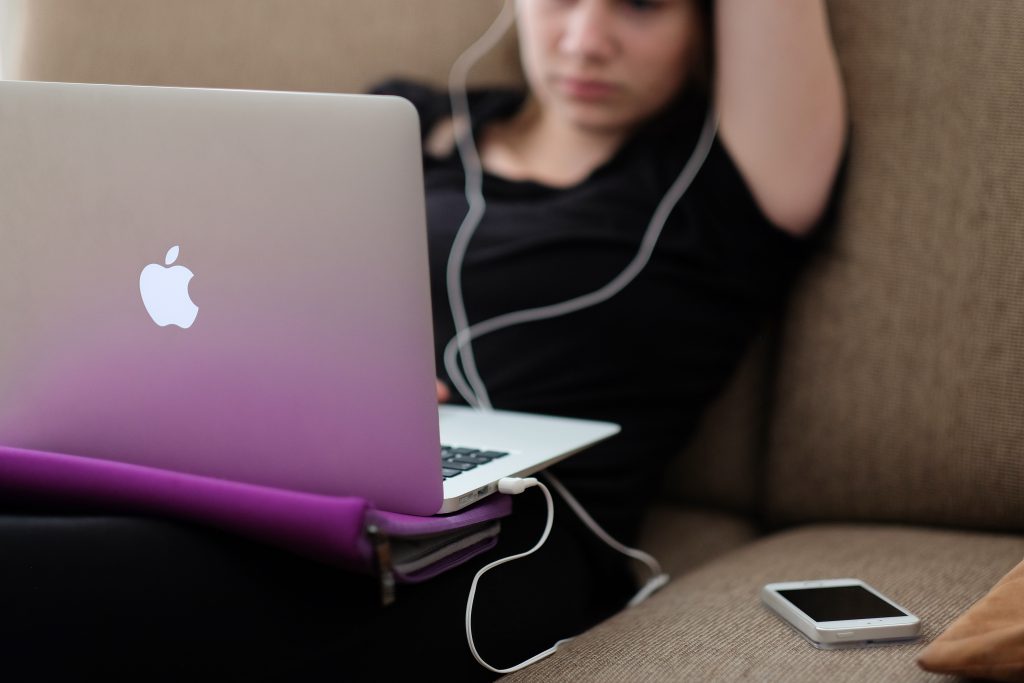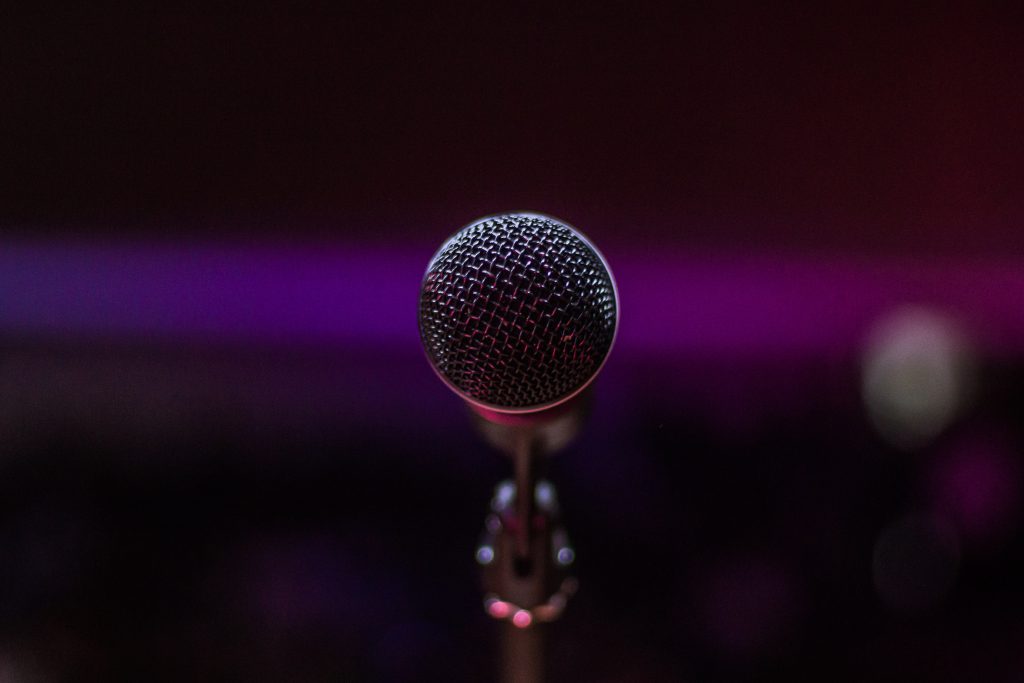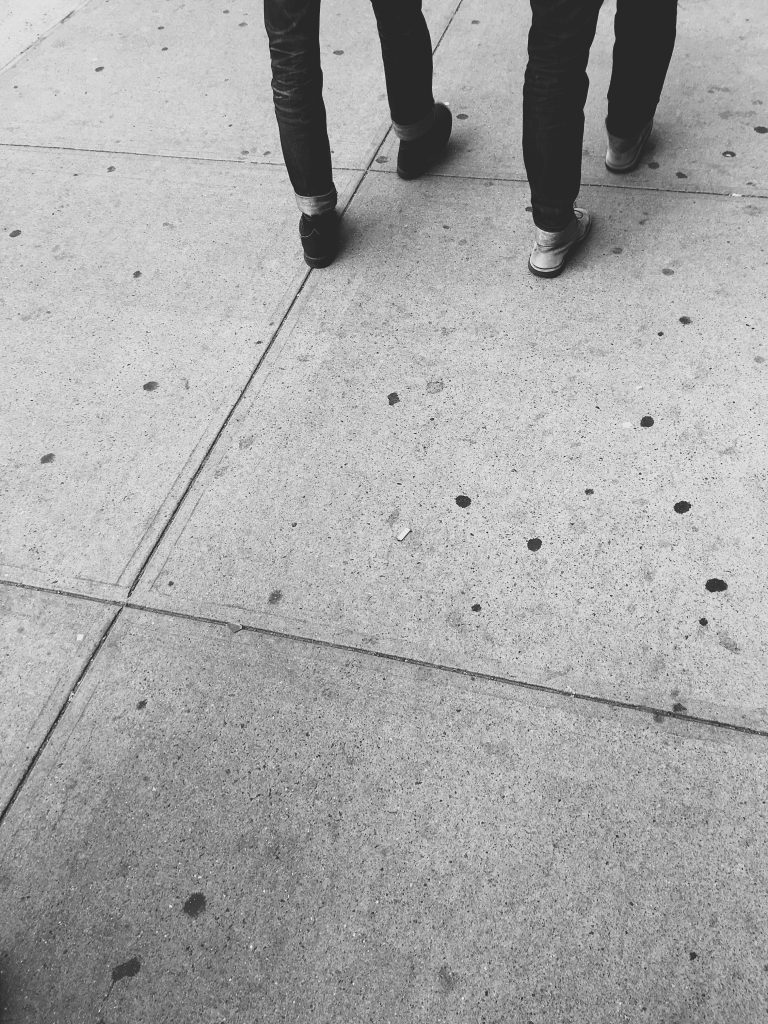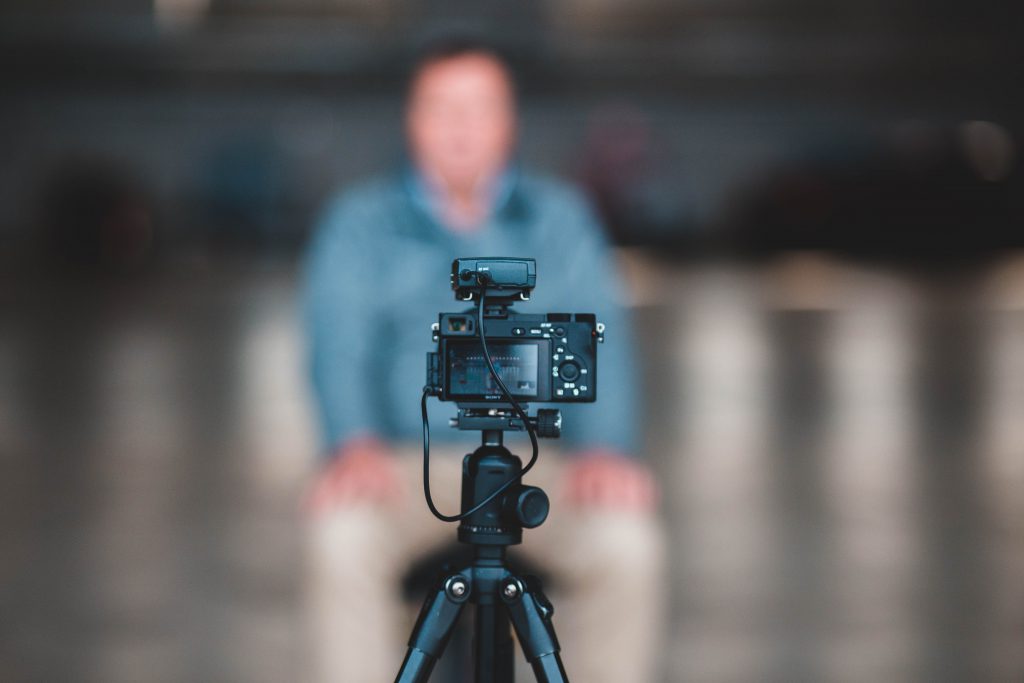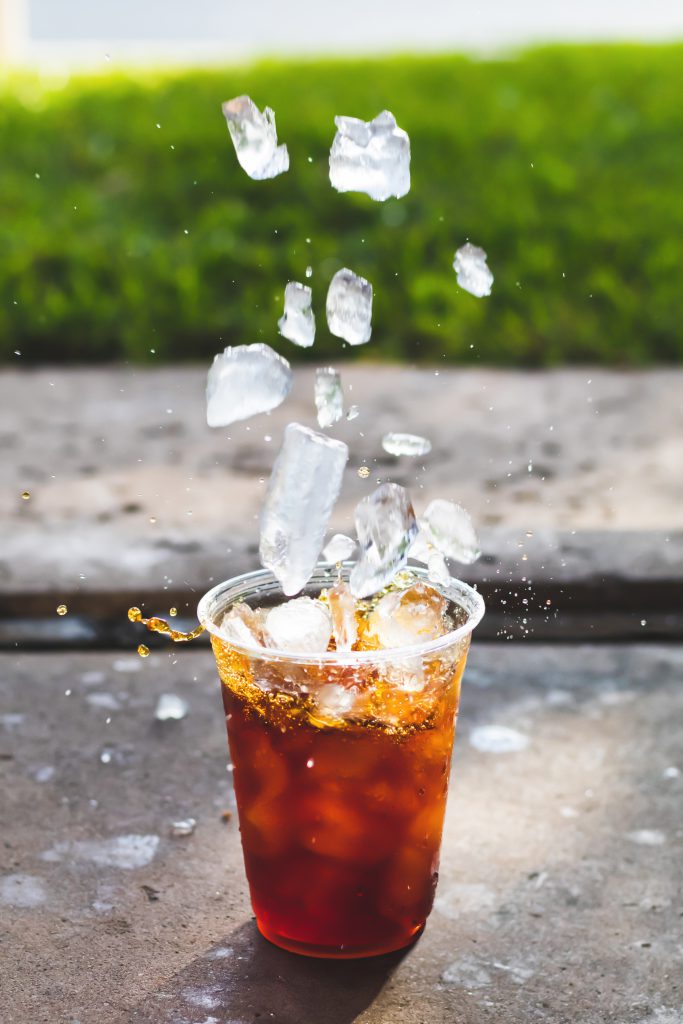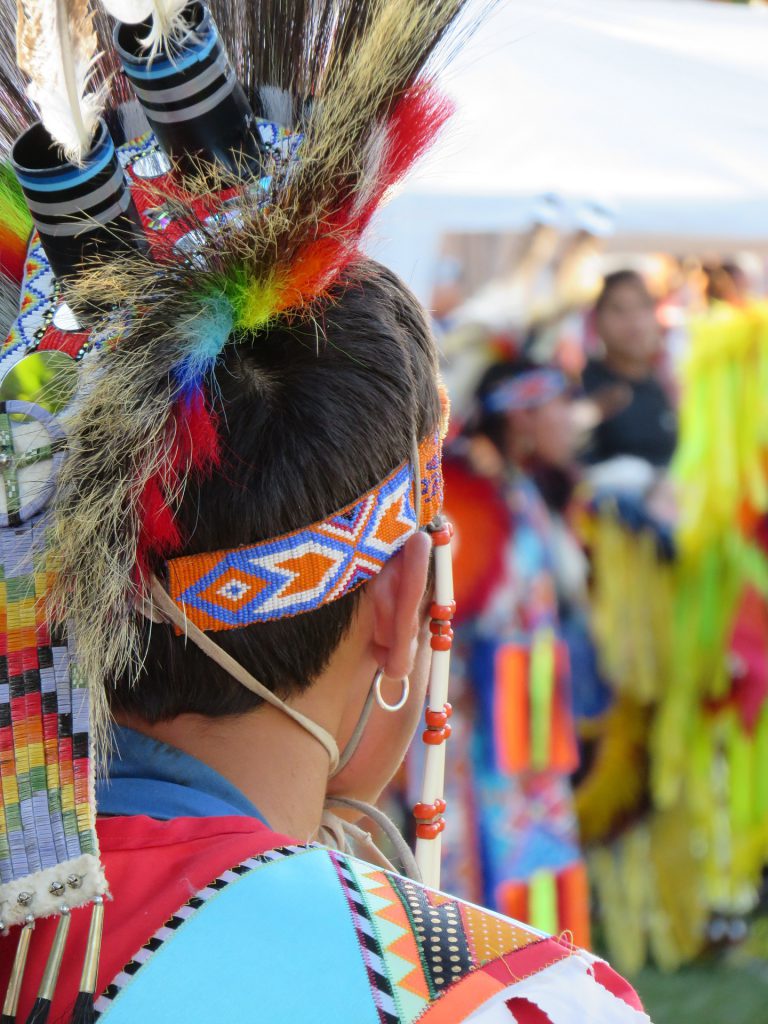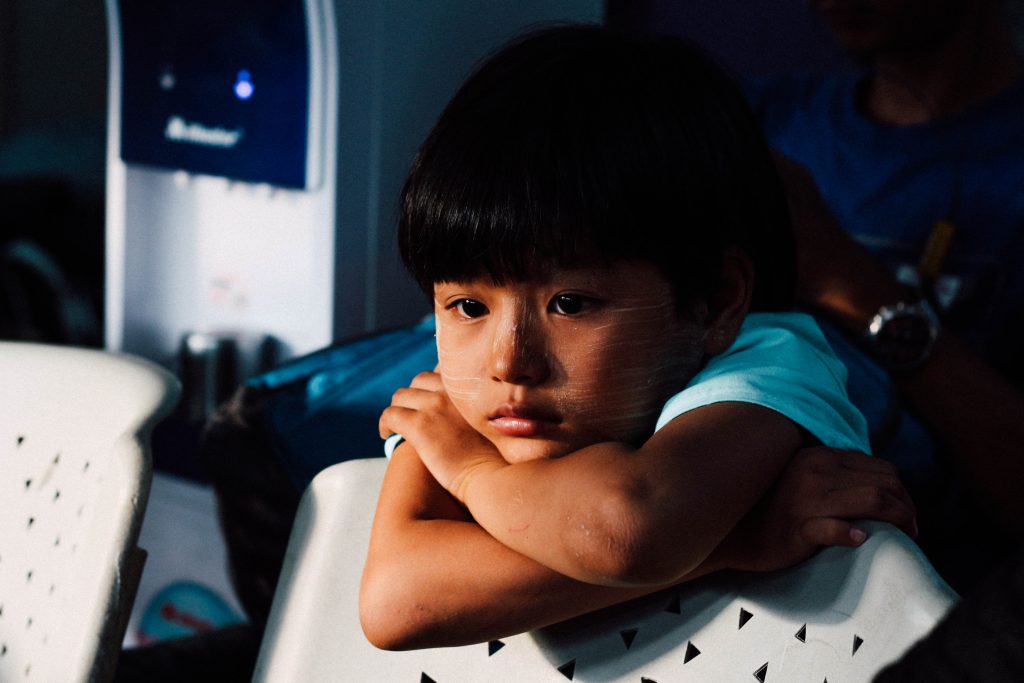
The blog post includes mentions of abuse and suicide. Please read with caution if any of these items triggers or upsets you.
Adverse childhood experiences (shortened to ACE), are stressful and traumatic events that have occurred in one’s lives during their childhood, from birth to 18. The more frequently that children experience ACEs, the more likely they are to experience toxic stress, an extreme form of stress that can have drastically negative effects that can lead to lifelong health problems. While they sound, and are, extreme, having ACEs is not unusual. According to the Center for Youth Wellness, nearly 35 million children in the US are affected by ACEs, 1 in 4 adults have at least one ACE, and 1 in 8 adults have at least four. Continue reading What are Adverse Childhood Experiences?
